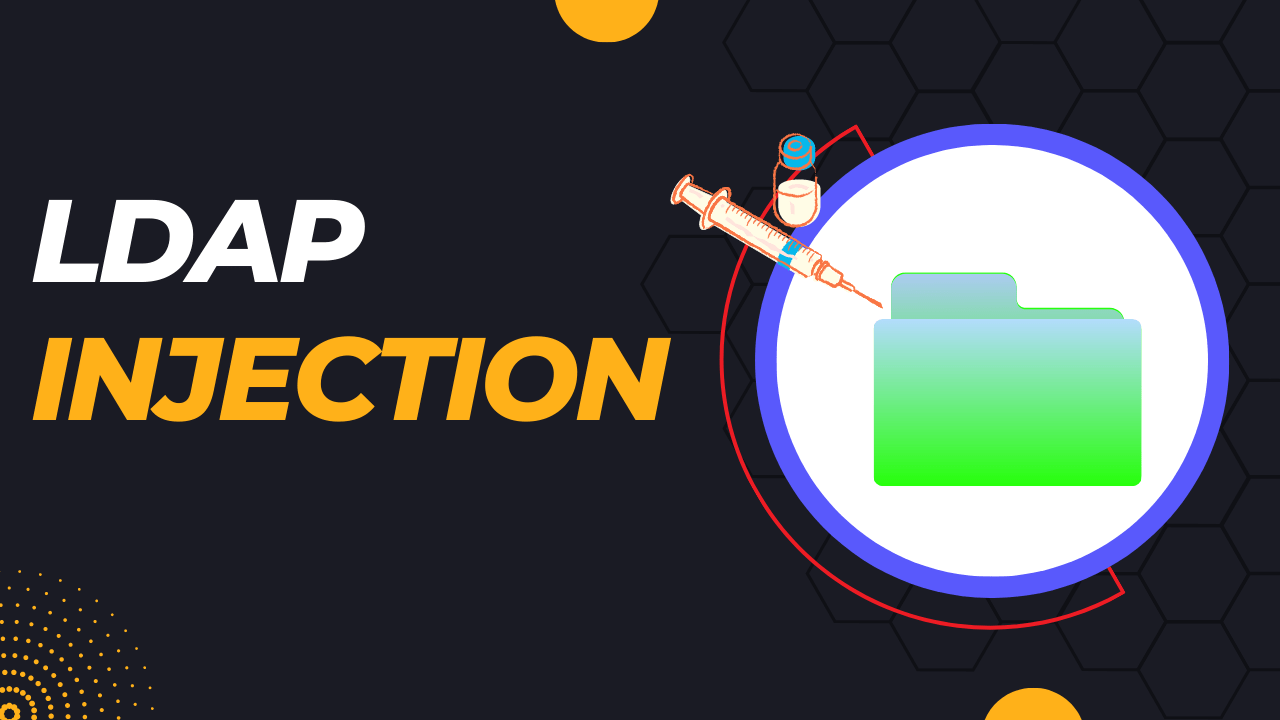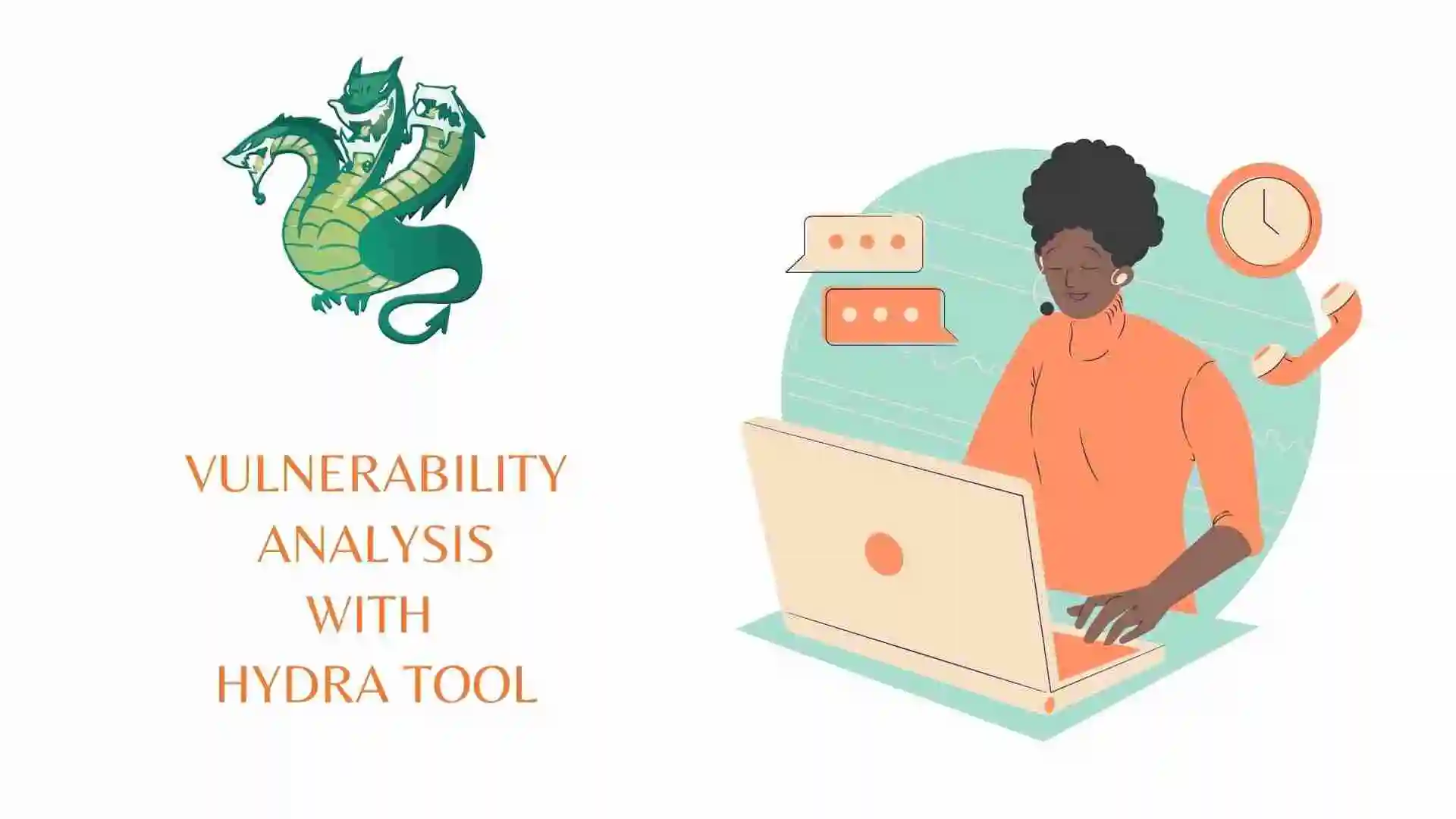In this blog, we will learn about the Directory traversal attack. It is one of the easiest vulnerabilities that can be found in websites or web applications. So, we will also see how to detect and mitigate it. So, let’s get started with the blog.
Table of Contents
- Introduction to Directory Traversal Attack
- How to Detect Directory Transversal Attack
- Impact of Directory Traversal Attack
- Mitigation of Directory Traversal Attack
- FAQ
- Articles related to Cyber Security Attacks
- Articles on Cyber Security Tools
Introduction to Directory Traversal Attack
A directory traversal attack, also known as path traversal, is a common web application vulnerability that allows an attacker to access files and directories that are outside the intended directory. This can lead to unauthorized access to sensitive system files and potentially compromise the security of the application and the underlying server.
Sensitive files may include sensitive operating system files, credentials for back-end systems, application code and data.
How to Detect Directory Transversal Attack
Detecting directory traversal attacks involves monitoring and analyzing the incoming requests to your application and looking for patterns indicative of potential traversal attempts. Here are steps to help you detect such attacks:
A) Request Analysis:
Analyze HTTP requests for abnormal or suspicious patterns, especially in the URL or parameters. Look for sequences like “../” or “%2E%2E%2F” which could indicate traversal attempts.
B) Input Validation:
Check if user-provided input is validated and sanitized properly. Look for cases where the input is not properly validated or where unsafe characters or patterns are allowed.
C) URL Decoding:
Ensure that URL decoding is performed securely and doesn’t lead to unintended directory traversal. Check for decoding attempts on encoded traversal sequences.
D) Whitelisting:
Examine whether there is a whitelist mechanism in place for allowed file or directory names and patterns. Any access outside these predefined patterns could be a red flag.
E) File Path Access:
Monitor file path access and ensure that the application only attempts to access files within allowed directories. Any access outside these directories should be investigated.
F) Error Handling:
Look for instances where the application displays unusual error messages, especially those revealing file paths or system-related information. Such messages can aid attackers in understanding the directory structure.
Impact of Directory Traversal Attack
Here are some of the key impacts of a directory traversal attack:
1) Unauthorized Access to Files and Data:
The primary goal of a directory traversal attack is to gain unauthorized access to files and sensitive data outside the intended directory structure. Attackers can potentially view, modify, or delete critical files, including configuration files, user data, passwords, or proprietary information.
2) Data Breach and Privacy Violation:
Directory traversal attacks can lead to a breach of confidentiality and privacy. Attackers can access private data, such as personal information, financial records, or healthcare data, and expose it to unauthorized individuals or entities.
3) Data Loss or Corruption:
Attackers may attempt to delete or modify important files, leading to data loss, corruption, or a disruption of services. This could impact the availability and reliability of the affected system or application.
4) System Compromise and Control:
Successful directory traversal attacks can potentially allow attackers to gain control over the targeted system. This control could enable them to execute malicious code, install malware, or escalate privileges, further compromising the system’s security.
5) Application Dysfunctionality:
Tampering with critical files through a directory traversal attack can cause an application to malfunction, crash, or behave unpredictably. This impacts the user experience and can result in financial losses or reputational damage for the organization.
6) Resource Consumption:
Attackers may attempt to access large files or directories, causing unnecessary resource consumption on the server. This can lead to degraded performance, increased server load, and denial of service for legitimate users.
To mitigate the impact of directory traversal attacks, organizations should implement robust security measures, conduct regular security assessments, and follow best practices for secure coding and system hardening.
Mitigation of Directory Traversal Attack
Here are several mitigation techniques to prevent directory traversal attacks:
A) Input Validation and Sanitization:
Ensure that all user input, especially file and directory paths, is validated and sanitized to remove or escape special characters and sequences that could be used for directory traversal.
B) Use Whitelisting:
Implement a whitelist of allowed characters and patterns for file and directory names. Reject any input that does not conform to these defined patterns.
C) Limit File Access:
Set strict file access permissions based on the principle of least privilege. Only allow necessary access to files and directories, and restrict access to sensitive areas.
D) Use Absolute File Paths:
Avoid using relative paths for file access. Use absolute file paths that are predetermined and securely defined within your application.
E) URL Encoding:
Encode user-provided input using URL encoding (e.g., percent-encoding) before using it to construct file paths. This prevents malicious attempts to traverse directories by encoding special characters.
F) URL Decoding:
Ensure that any decoded input follows a safe decoding process to prevent malicious manipulation of the decoded data.
G) File Whitelisting:
Maintain a whitelist of files that are allowed to be accessed by the application. Only permit access to these pre-approved files.
H) Secure Configuration:
Configure the web server and application server to disallow access to sensitive system directories and critical files.
By implementing a combination of these measures, you can significantly reduce the risk of directory traversal attacks and enhance the overall security of your application.
Note: This blog is mainly referenced by Port swigger.
FAQ
What is Directory Traversal Attack?
A directory traversal attack, also known as path traversal, is a common web application vulnerability that allows an attacker to access files and directories that are outside the intended directory. This can lead to unauthorized access to sensitive system files and potentially compromise the security of the application and the underlying server.
Articles related to Cyber Security Attacks
- 10 Tips for the User to Prevent from Being Hacked by Hackers
- Cookie Hijacking, How to Detect and Prevent It with Practicals
- Session Hijacking, and How to Detect and Prevent It with Practicals
- Social Engineering and its Different Types in CyberSecurity
- What is Privilege Escalation Attack, its Types, and Prevention
- KeyLogger Attack and How to Detect and Prevent It
- Eavesdropping Attack and How to Prevent it in Ethical Hacking
- Drive-By Attack and How to Prevent it in Ethical Hacking
- Steganography Attack and How to Hide and Send Data in Image
- What is SQL Injection, its Type, Prevention, and how to perform it
- Broken Access Control Full Guide OWASP 10 in Ethical Hacking
- Insecure Deserialization in Ethical Hacking OWASP 10
- Host Header Injection | How to Attack the Header of a Request
- Email Header Injection | How to Send an Email to an Unknown Person
- DOS Attack (Denial of Service) and Prevent or mitigate it
- Sensitive Data Exposure Vulnerability OWASP10 in Ethical Hacking
- LDAP Injection and What are the Impact and Mitigation of LDAP
- OS Command Injection Attack, Prevent and Detect with Examples
- Code Injection Attack | How to inject the code into the website
- XPath Injection and What are the Impact and Mitigation of XPath Injection
- CRLF Injection and What the Impact and Mitigation of CRLF Injection
- XML Attack or XML External Entities (XXE) and How to Detect and Prevent it
- Cross-Site Scripting or XSS Attack | How to Detect and Prevent from XSS Attack
- Using Components with Known Vulnerabilities Full Guide OWASP
- Insufficient Logging and Monitoring Full Guide OWASP Tutorial
- Phishing Attacks and Their Types | How to Prevent it
- What is Brute Force Attack, Impact and Mitigate it
Articles on Cyber Security Tools
- Dirb Command Kali Linux | Dirb: A Web-Content Scanner
- Introduction to Burp Suite | How to Download Burp Suite in Linux
- What is Tmux? | Introduction to Tmux
- Introduction to Termux | Termux Introduction
- EyeZy: How to log in to other Emails without receiving a Notification.
- Nmap Scanning Tool in Cyber Security with Nmap Cheatsheet
- WP Scan Full Tutorial in 10 minutes| How to scan with WP Scan
- Modules and Components of Metasploit Framework
- Data Packet Capture and Filters in Wire Shark
- Tshark: An Alternative for Wire Shark and How to Use It
- Sql Map command in Cyber Security | SQL Injection Attack Tool
- Hydra Tool Full Guide | Learn Hydra Command Tutorial
- John the Ripper Tool | How to crack the Password of Files
- Nikto Tool Web Vulnerability Scanner That Every Hacker Uses
- Nessus Vulnerability Scanner Full Guide Tutorial



